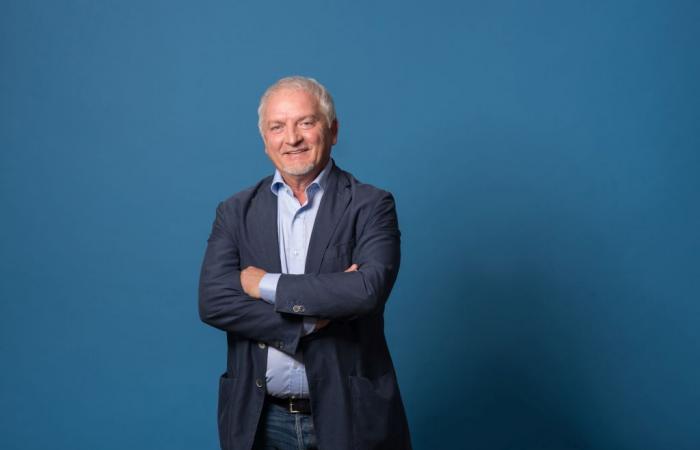ROME (ITALPRESS) – Research, diagnosis, therapy management, personalization of care and support for clinical decisions thanks to predictive data. Artificial intelligence and new digital technologies are increasingly playing a decisive role in the medical field, supporting the doctor’s work and exponentially improving the quality of care, which is thus becoming increasingly tailored to the person, in the perspective of that precision medicine that is so much talked about as an essential development in all medical specialties. Suffice it to say that to date, the applications of artificial intelligence and machine learning approved by the United States Food and Drug Administration are more than 800 and continue to increase.
The orthodontics sector is also increasingly innovating in the wake of this important change in the medical approach, thanks to artificial intelligence and new digital technologies, which already today allows a full correspondence between the patient’s initial expectations and the final result of the orthodontic intervention: the doctor’s action, thanks to the most recent digital tools, reaches levels of precision that were unthinkable until a few years ago and the patient’s expectations are built together with the specialist, step by step, based on the detailed forecast of the activity that the new technological tools allow and on the sharing of objectives.
Intraoral, facial and laboratory scanners for surface analysis, radiographs with 3D reconstruction, optical video cameras with sensors to detect details of movement dynamics, two-dimensional and three-dimensional data processing software, 3D printers: these are the tools of the ‘orthodontist 4.0 who bases his work on the detection and processing of data from each patient relating to the current situation to be treated but also to the one that will be obtained with the intervention, simulated on a computer. Patients see the simulation of what will happen, with predictive images calculated on the particular characteristics of each one. In this way the treatment of a malocclusion is approached with greater serenity by the patient and avoids functional and aesthetic disharmonies.
AI is able to replace some services usually performed by the doctor, with significant time savings while maintaining high quality standards; an example is teleradiography, an indispensable diagnostic test for orthodontic diagnosis, which is carried out by searching for points, drawing lines and measuring angles on the skull x-ray, from which basic elements for the diagnosis are derived: the drawing can be obtain with a simple click on the mouse.
The possibility of staging growth in the child through the analysis of the cervical vertebrae or determining the state of progress of the maturation process of the median suture of the palate to define its expansion modes are other examples in which AI can replace the professional.
Projects for modifying and/or reconstructing or transforming missing teeth can be predefined with digital design techniques using software capable of replicating shapes and dimensions with very high precision. For example, for the reconstruction of a tooth, a software reproduces the element to be reconstructed, taking the twin tooth as a model to define the crown. Thanks to a milling machine, from a ceramic cube you obtain exactly the lost tooth to be reconstructed, with the precise individual characteristics of the single patient.
The transfer of individual movements using software that replicates the characteristics of intensity, direction and time of mandibular movements allows the product to be obtained already in the laboratory, reducing the intervention times.
“Technology and artificial intelligence today offer us possibilities that were unthinkable until just four or five years ago – comments Valerio Maccagnola, president of FACExp, a non-profit association that brings together orthodontist doctors throughout the national territory – but however powerful they are, they remain tools in hands of the doctor: to be used in the best possible way they need to always be accompanied by care in communication with the patient, which is essential to fully understand his need for health and well-being. With the use of digital systems, virtual programming, management and control of artificial intelligence, the need for collaboration with new professional figures who were once not present in an orthodontic practice is emerging, starting with the IT technician”.
The technological-digital equipment for the evaluation of the orthodontic setting allows to archive the data related to the evolution of each individual patient and transforms into routine analyses that previously required specific research. Digital allows to simulate the situation that you want to create, pre-visualize the result, build customized devices.
Finally, it facilitates communication with the laboratory that must create the material for the interventions and consultation between colleagues. “If we think that this represents the future, the future is already today” concludes Maccagnola.
– photo by Master Communication press office –
(ITALPRESS).



